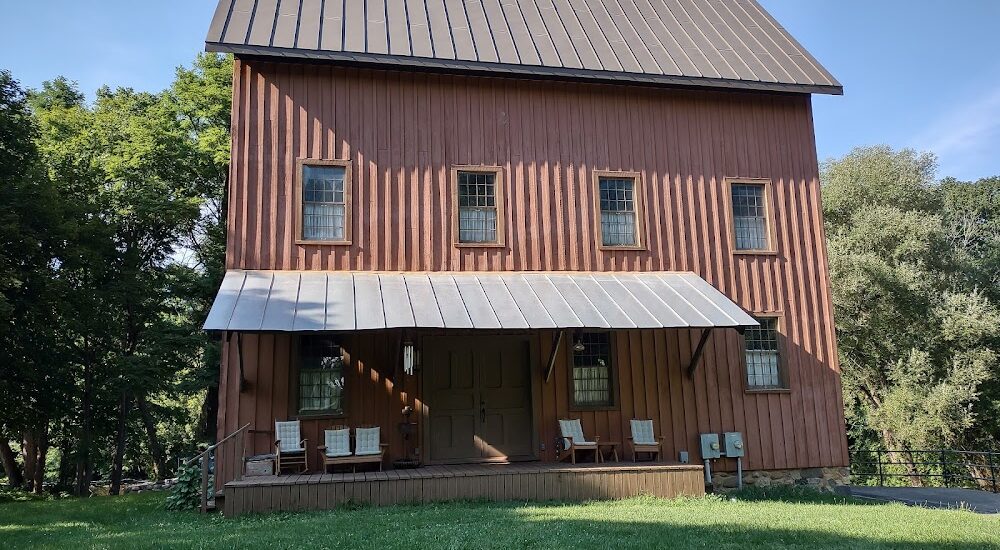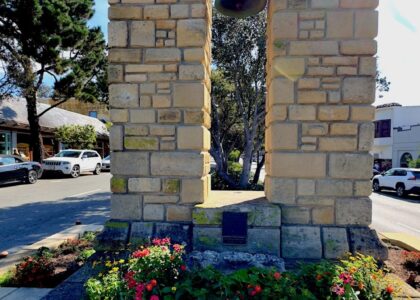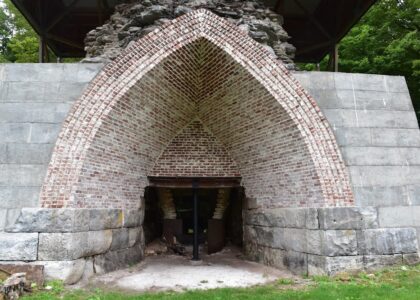Welcome to the Bellevue Gothic Mill, a fascinating piece of Michigan’s rich industrial heritage. Established in 1852 by Isaac Crary, this mill has stood the test of time, providing a glimpse into the past and a reminder of the ingenuity of its era. Originally built as a part of the burgeoning industrial expansion in the mid-19th century, the mill was pivotal in utilizing the natural resources of the region to produce hydroelectric power.
The mill’s construction was a significant event for Bellevue and the surrounding areas. Using the dam built on the Battle Creek River, it harnessed the water’s power to aid in milling operations, contributing to the local economy and the community’s growth. The Bellevue Gothic Mill was more than just a production facility; it was a community hub where local farmers and townsfolk would gather, exchanging goods, news, and stories.
Over time, the mill evolved to meet the changing demands of the community and technological advancements. Despite the wave of modernization, the Bellevue Gothic Mill remains an enduring symbol of the village’s heritage. It stands today not just as a historical landmark but as a testament to the spirit of innovation that characterized the era.
This site also connects to the broader history of the area, with Bellevue being the first town established in Eaton County. The village’s limestone resources were instrumental in building the Michigan State Capitol, highlighting its role in Michigan’s architectural history.
Visitors to the Bellevue Gothic Mill can imagine the bustling activity of its heyday and appreciate the craftsmanship of a bygone era. This mill is not only a reminder of the past but also a beacon of sustainability, as its hydroelectric capabilities continue to serve the community.






